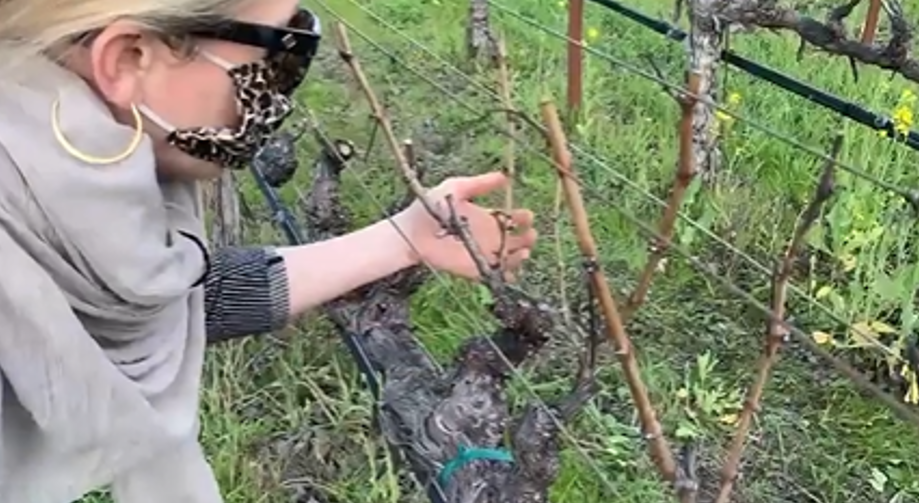Published on GuildSomm.com:
In the vineyard, trunk diseases are spread through fungal pathogens that enter the wood through wounds, most often from pruning but also from other mechanical injuries to the vine. The diseases can metastasize over time, resulting in symptoms that include dead spurs and stunted shoots, as well as internal wood symptoms that can be seen via cross-sectional cuts on permanent wood. These can lead to the partial or total death of the vine. The most prevalent trunk diseases globally are Esca and Eutypa dieback. (While these are the focus of this article, it’s important to note that other diseases, such as Botryosphaeria dieback and Phomopsis dieback, are also common in certain regions.) The economic impact of these diseases is seen in dramatic yield reductions and, ultimately, loss of the vine. Recent estimates indicate that properties can lose 10 to 20% of their vines in a season once affected.
To address this major challenge, specific pruning methods that focus on sap flow are increasingly being implemented, with the aim of helping to extend the life of vineyards by preserving pathways for nutrients to sustain the vine. This article will outline the diseases these practices confront and examine the methods themselves, including their history, associated challenges, and sustainability.
Dead wood (dieback) is marked by the darker brown visible in this cross section (Photo credit: Sarah Bray)

